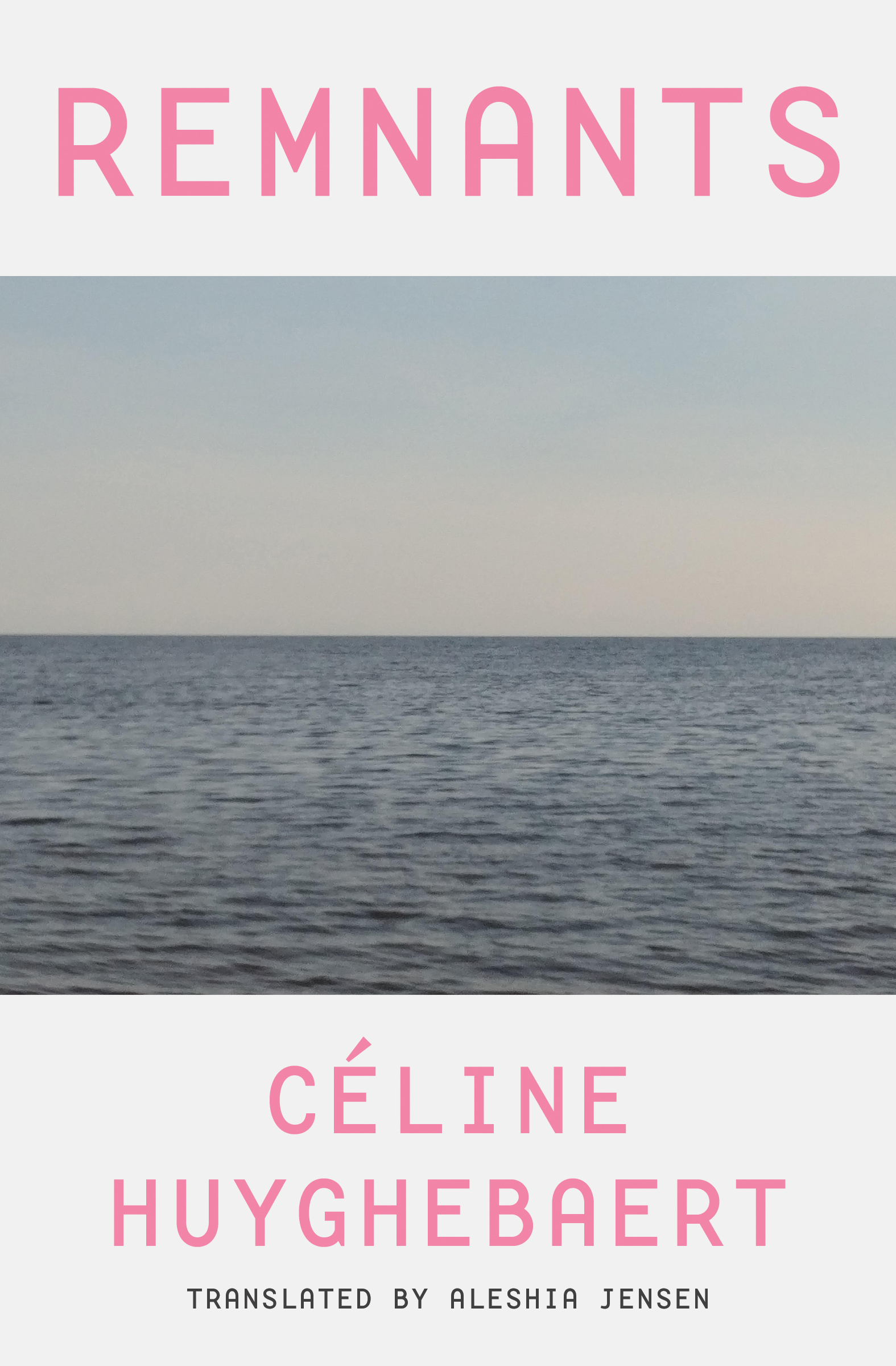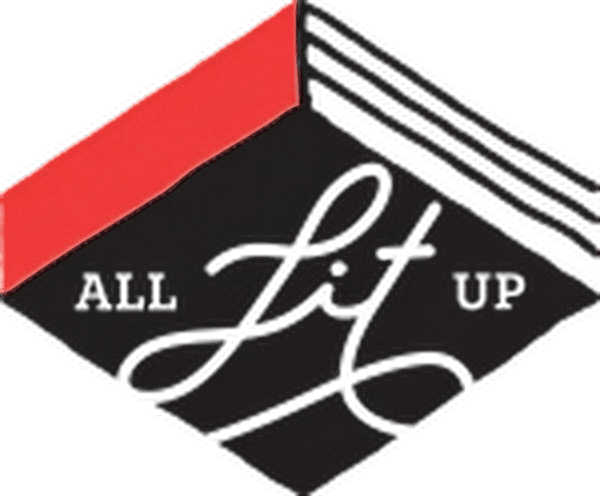Your cart is currently empty!
Quoted: Remnants
Remnants (Book*hug Press) is an exploration of our relationships with family and perception, told through a profound investigation of a father’s life and sudden death. In her newest book Huyghebaert asks: How do you decide what is the beginning and what is the end?


“How difficult can it be to tell a story simply? … she says it means a beginning, a middle and an end, especially an end.” – Nathalie Léger
This quotation comes from Suite for Barbara Loden, a book that follows a writer on her journey through archives and across continents in search of Loden, and her singular film, Wanda. The writer tries to explain to her mother why she’s struggling to complete Loden’s biography. “How difficult can it be to tell a story simply?” her mother asks confidently… “it means a beginning, a middle and an end, especially an end.”
Of course, it’s neither simple nor straightforward to tell the story of someone else’s life. Léger can only understand Loden through the prism of her own experience. And the archival pieces appear haphazardly, out of order. Her mother’s thinking is, ultimately, wishful; biography is a fool’s errand, indelibly tied to the biographer.
This truth sits at the heart of Céline Huyghebaert’s Remnants—the knowledge that it is impossible to tell cohesive tale of another’s life—a tale neatly composed of beginning, middle, and end.
Céline’s father has died quite suddenly, and she is left to reflect on their relationship, which was defined by gaps and silences, distance and missed opportunities. His final departure threatens total erasure. Though his memory sticks to Céline and provokes the question, who exactly was Mario Huyghebaert?
In search of understanding, closure, and commemoration of a life lived, Céline sifts through fragments and photographs. She interviews family members and records each individual’s response to her father’s life, sickness, and death. She gathers impressions from those who never met him. She hires a handwriting specialist to assess his signature. She records dreams in which he appears. She sits with his objects.
No form of knowledge takes precedence over another, and the need for objectivity and order is dismissed. Céline approaches her search with great openness: an appreciation for the impressionistic, the accidental, and the aesthetic. She topples Léger’s mother’s question on its head, and instead asks: How do you decide what is the beginning and what is the end?
Objects and impressions exist outside of time—or they are durational, the result of a lifelong “mania of accumulation.” There are no distinct endings, but rather ongoing transformations. Material companions are inherited, forgotten, passed on; their signifying cheapness falling out of sync with their spiritual value. Photographs become yellowed. Young faces mean something different with each passing year. Memories and impressions evolve; certain details fade while others resound as one looks back in anger, nostalgia, melancholy, wisdom.
The pieces of life exceed chronology. And they can be made to tell different stories depending on their organization. “When we arrange them in a different order, photographs, like memories, take on a different meaning,” thinks Céline.
For Huyghebaert, meaning is made and re-made by abandoning the beginning, middle, end structure. She plays with false starts, retrospectives, reinterpretations, and emanations. She rearranges the pieces until she can tell the story she wants to tell us. Remnants is that story.
* * *
Tagged:




